The surest sign of summer in full bloom is the butterfly. Arriving in spring and departing in fall, these fleet fliers flutter from flower to flower in the warmth, their movements exciting joy in children’s eyes. Carried on an unseen breeze as if dancing, the butterfly dodges little hands made quick with fascination to catch the Lepidoptera. To scamper after a butterfly is almost a rite of human passage; it’s a sign of our natural connection between ethereal bliss and our everyday world.
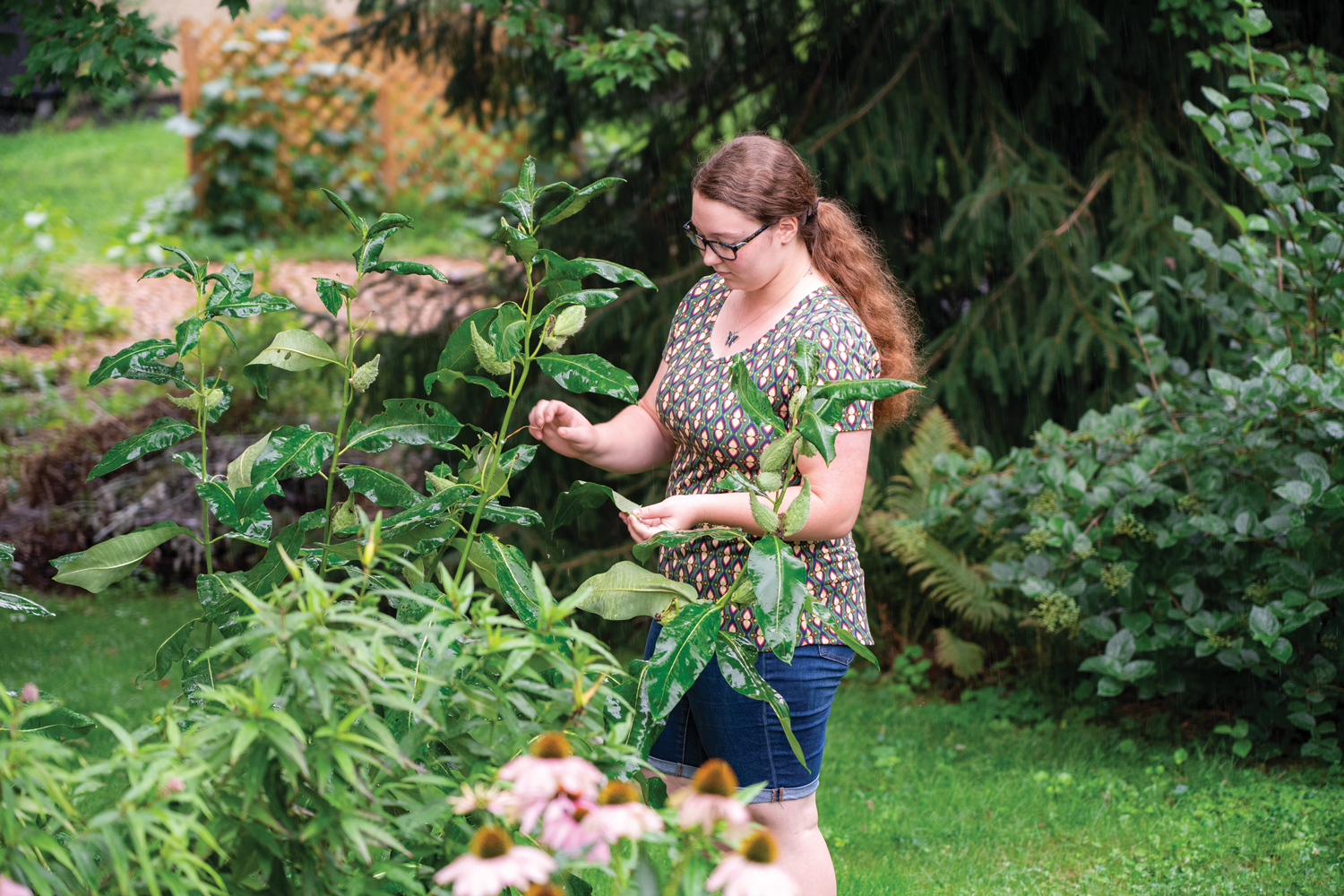
Melody and her family turned their backyard into a butterfly haven with plants that are essential to their life cycle. The Goods’ backyard is certified by the North American Butterfly Associaiton.
The Butterfly Girl of Conestoga Valley
As a first-grader, Melody Good always got to school early. This gave her plenty of time to chat with her favorite Brownstown Elementary teacher, Mrs. Childs. For Melody, butterflies were chief among the discussion topics. Melody was more curious, almost adventurous, than other kids when it came to bugs. Spotting the interest in the budding student, Allison Childs gifted Melody with admission to the Butterfly House at Hershey Gardens. “I remember how everything was just so vividly colorful at Hershey. They have a lot of exotic butterflies,” says Melody, now graduated from Conestoga Valley High School.
Melody’s adventurous nature sprung from outdoor time spent with her father, whom she describes as an “outdoorsy dude.” She started picking up bugs on the trail, asking her father if this one or that one bites. If they did, she put them back. If they did not, Melody was safe to learn by observing. She started liking caterpillars, the best of all the bugs, and presented an idea to her dad.
“Once I realized they become butterflies, I thought that was really cool and I wanted to take them home,” Melody says. “My dad said, ‘We don’t have the host plant, so you’ll have to grow that first.’ I did the research and the first plant we brought into our yard was milkweed.”
Local butterfly expert Fred Habegger confirms those numbers. “About eight years ago, there were hardly any anywhere,” he says, referencing the counts undertaken by the Lancaster Butterfly & Entomological Club two times per year.
What’s causing concern? Scientists point to the fact that milkweed, which is essential to the monarchs’ life cycle, once thrived in fields and along their edges. Because of development, farming practices and the use of herbicides, milkweed has been losing its natural habitat. Organizations working on behalf of monarchs are encouraging backyard gardeners to plant milkweed, which can be purchased at local nurseries and greenhouses, on their properties.
Scientists and horticulturalists also point to climate change for altering the bloom times for plants, which has an effect on the monarchs’ timetable.
By the time she entered sixth grade, Melody was hooked (and so was her dad, by extension). The milkweed attracted Danaus plexippus, otherwise known as monarch butterflies. The orange-and-black butterflies with white-spotted wingtips are one of the most recognized fliers around. Their migratory range stretches from Canada to central Mexico.
Save Our Monarchs Foundation: saveourmonarchs.org
Monarch Watch: monarchwatch.org
National Wildlife Federation: nwf.org
North American Butterfly Association: naba.org
The milkweed led to the addition of more and more plants. Today, the perennial garden at her parents’ home in Brownstown consists of spicebush, salvia, dead nettle, coneflowers, butterfly bush and other plants caterpillars and butterflies need to survive.
“There’s a difference between the host plants and the nectar plants. The host plants are what the butterflies lay their eggs on and what the caterpillars eat,” explains Melody. “Nectar plants are what all butterflies drink from. Basically any flower, but there are some flowers that butterflies like more, like asters and coneflowers.”
There are four types of butterflies that regularly inhabit Melody’s butterfly garden: monarchs, spicebush swallowtails, eastern black swallowtails and tiger swallowtails. Melody and her family have timed the blooms in their yard to attract butterflies in early summer, with new plants blooming throughout the season and into fall, some as late as October. The swallowtails like carrots, parsley and fennel. Last year Melody started planting new host plants in order to get a greater variety of butterflies.
“For the most part, the caterpillars are like the plants, they come back every year,” she explains. “We don’t have to go out and buy more caterpillars to have all the butterflies we do. Every year we get more and more because those butterflies come back, lay their eggs, and do their thing.”
She raises many caterpillars and the majority come out to visit in June. Her garden, which is now certified by the North American Butterfly Association, does not focus on the spring butterflies, rather she times her blooming periods to attract more butterflies throughout the year, even into September.
Melody regrets she does not have the habitat to attract her favorite: Nymphalis antiopa, which comes from the spiny elm caterpillar. In North America, it is known as the mourning cloak. The upper side of this butterfly – found throughout North America, Europe and Asia – is a deep black-purple with a bright-yellow border running along the outer edge of the wing, followed by a row of iridescent blue spots along an inner edge. While they are rarely seen in Lancaster County, mourning cloak sightings were recorded last year in the Middle Creek Wildlife Management Area and along the Susquehanna River in Safe Harbor.
“There’s nothing really extravagant about it other than its color. It was one of the first butterflies I started looking into after the monarch,” she says.
She has a small collection of butterflies and has been known to fashion jewelry out of the wings, but making a safe and comfortable home for caterpillars is her real passion. She has learned the hard way which caterpillars she can handle, and which ones will leave a stinging redness on her skin. “It doesn’t really stop me though,” notes Melody.
The Butterfly President of Lancaster
Fred Habegger also learned to love butterflies in grade school when a fellow student carried in a framed butterfly collection for show-and-tell. “I thought that was cool,” recalls the Akron resident. “That summer I collected what came to the alfalfa field behind the house. I didn’t like killing them; I’m not a collector. Now I enjoy photographing them in the field.”
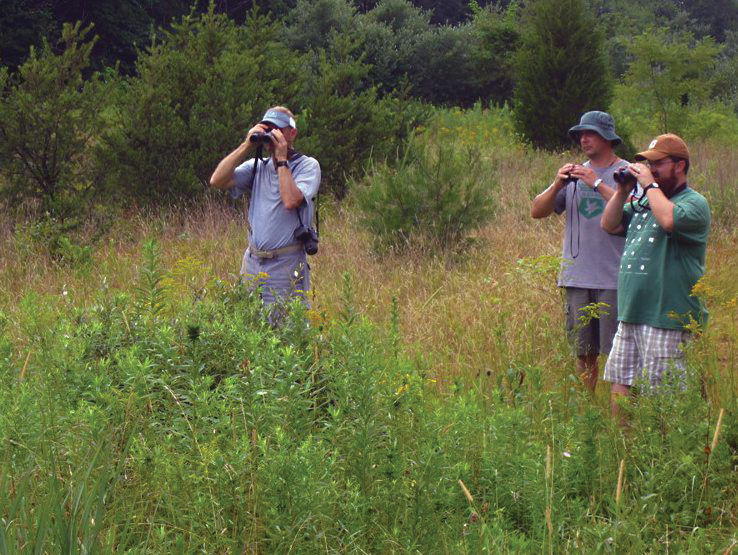
Members of the Lancaster Butterfly & Entomological Club take part in a butterfly survey during the summer of 2020. Photo by Fred Habegger.
What started as a fascination 60 years ago now serves as a catalyst for Fred to lead the Lancaster Butterfly & Entomological Club, where he serves as president. The club has been meeting for over 25 years, is always looking for new (and young) members, and is currently meeting virtually. Once in-person meetings resume, the amateur lepidopterists will return to their previous location at the North Museum of Nature and Science.
Walk among hundreds of butterflies from around the world in a tropical setting that features colorful plants and a soothing water feature. Only one of 25 indoor, tropical butterfly atriums in the country, Hershey Gardens’ Butterfly Atrium is home to dozens of rare butterflies from South and Central America, Africa and Asia. Please note: Due to Covid restrictions, admission to the Atrium cannot be guaranteed, especially on weekends. Strollers are not permitted inside the Atrium. For details, visit hersheygardens.org.
Meetings often include discussions and presentations on butterflies and butterfly-related subjects. The group conducts butterfly field surveys around the county and the results are forwarded to the North American Butterfly Association. The numbers are available online for anyone who is curious to learn which types and how many butterflies are floating around the county. “We see how many butterflies we can spot in a 15-mile circle in one calendar day,” explains Fred, who puts the emphasis on counting the number of species found rather than the total population of butterflies.
The survey from 2020 turned up 53 different species of butterflies, from the hackberry emperor to the zebra swallowtail. The last butterfly spotted in 2020 was an orange sulphur recorded on November 29. The first butterfly documented for 2021 was an eastern comma spotted by Fred on March 9. “We have some rare butterflies and some that are here accidentally,” says Fred. “The grizzled skipper, that’s a butterfly that hasn’t been seen in many years.”
Some documented species may have come to the area as unfortunate hitchhikers, victims of contact with cars and trains. To the untrained eye, the grizzled skipper, with its fat body, long brown wings, and checkered white spotting, may look like a common moth. A familiar sight throughout Europe, it was last seen in the eastern side of Lancaster County around the Blue Ball area. “Skippers are generally brown and drab. A lot of people just skip right by them,” says Fred, no pun intended.
For more information about the club, visit lancasterbutterfly.org.
Design your garden using information gathered on local butterflies, their nectar sources and larval food. Try to extend the bloom period from May through October.
Heirloom (old-fashioned, non-hybridized) species tend to have more nectar, more scent and more appeal to butterflies. Many garden catalogues indicate which plants attract butterflies.
Butterflies are extremely sensitive to pesticides and lawn chemicals. In fact, the presence of dandelions, clovers and other “weeds” in your lawn may actually attract more butterflies. If possible, plant your butterfly garden far from your driveway and other possible sources of pollution and disturbance.
Provide sunny areas for basking (such as heat-absorbing rocks), shelter from wind and muddy areas for puddling.
As some eggs, larvae and pupae spend the winter on twigs, branches and dead leaves, it is better to cut back a garden early in the autumn in order to avoid discarding them along with your yard waste.
Source: Hershey Gardens





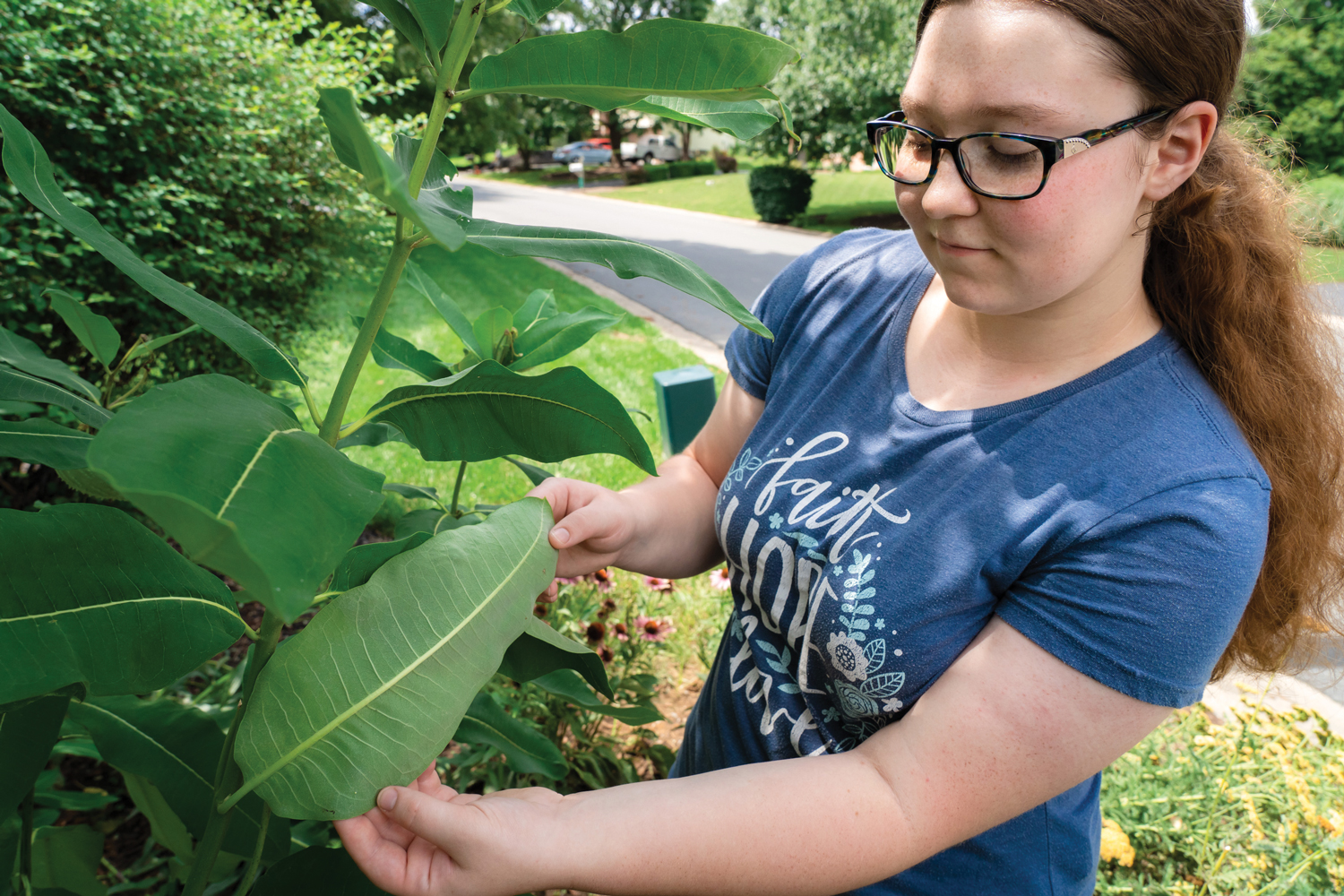
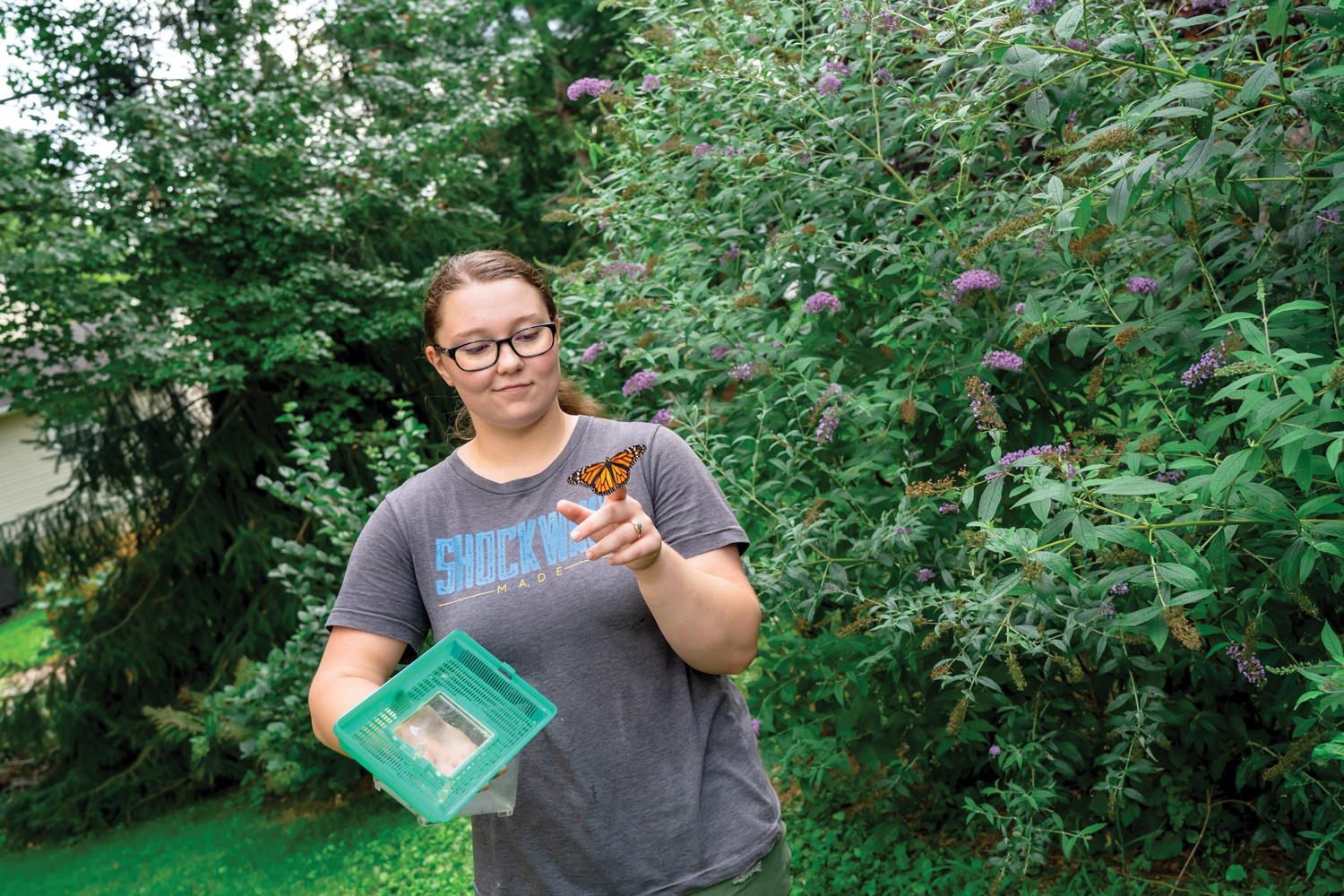
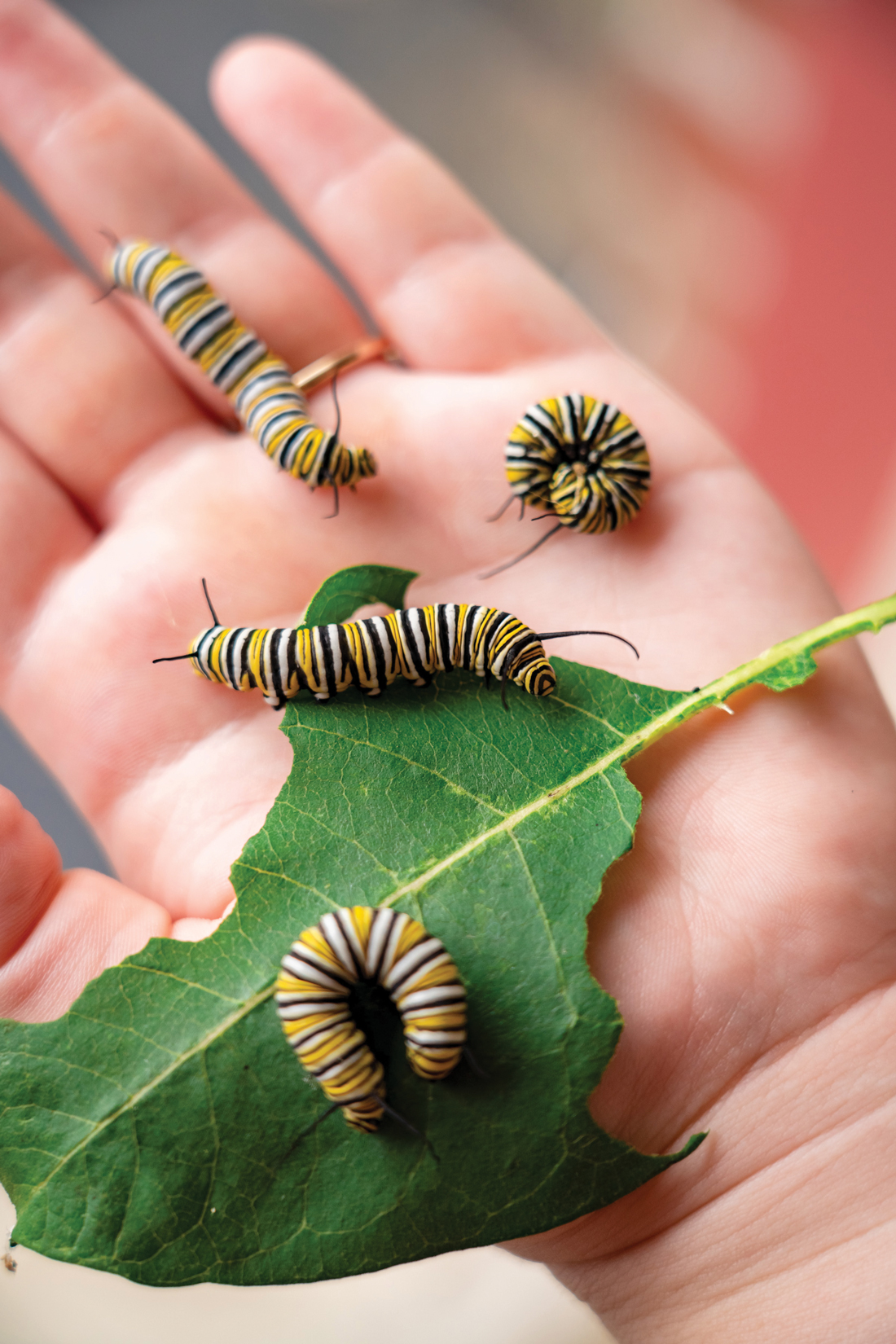
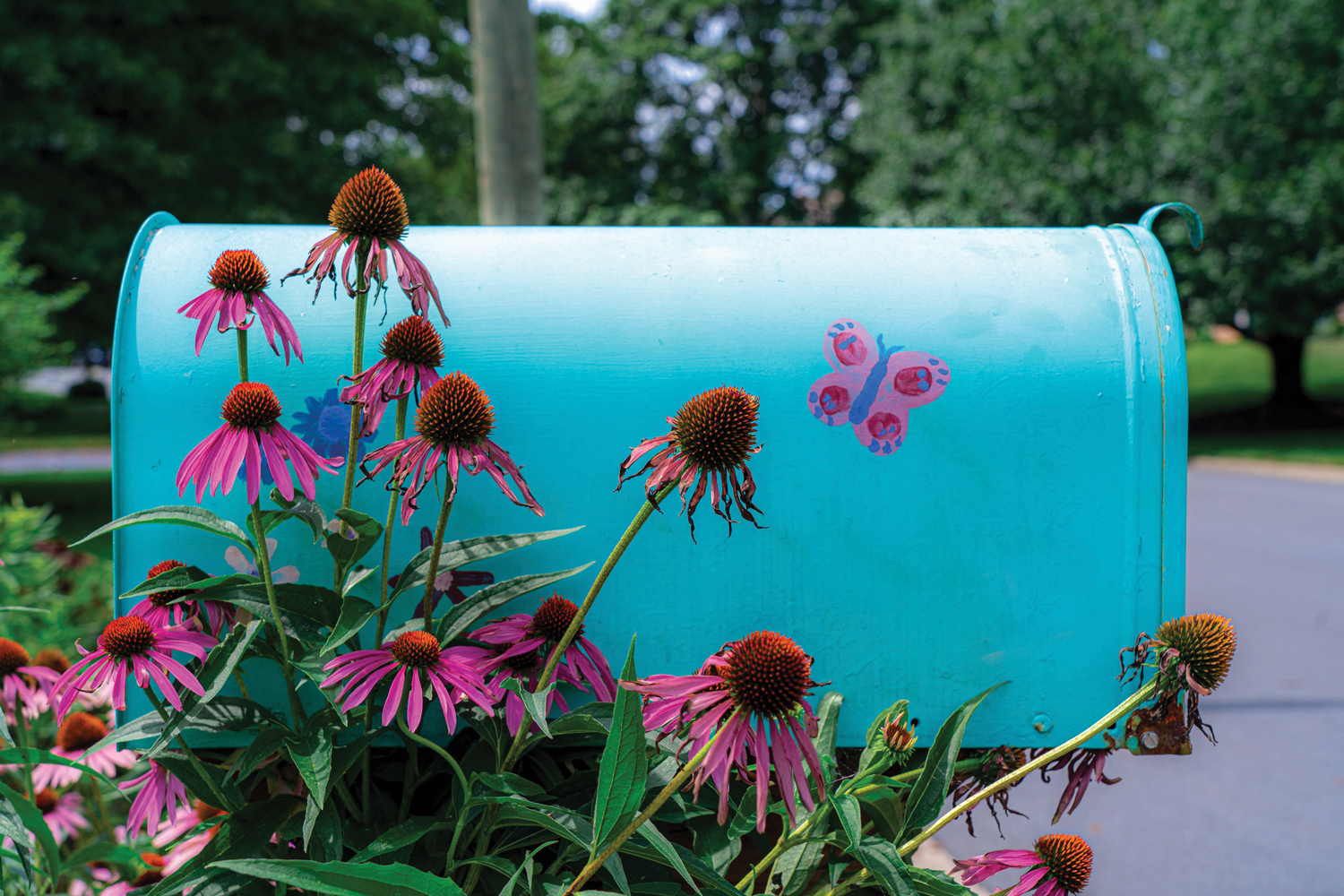
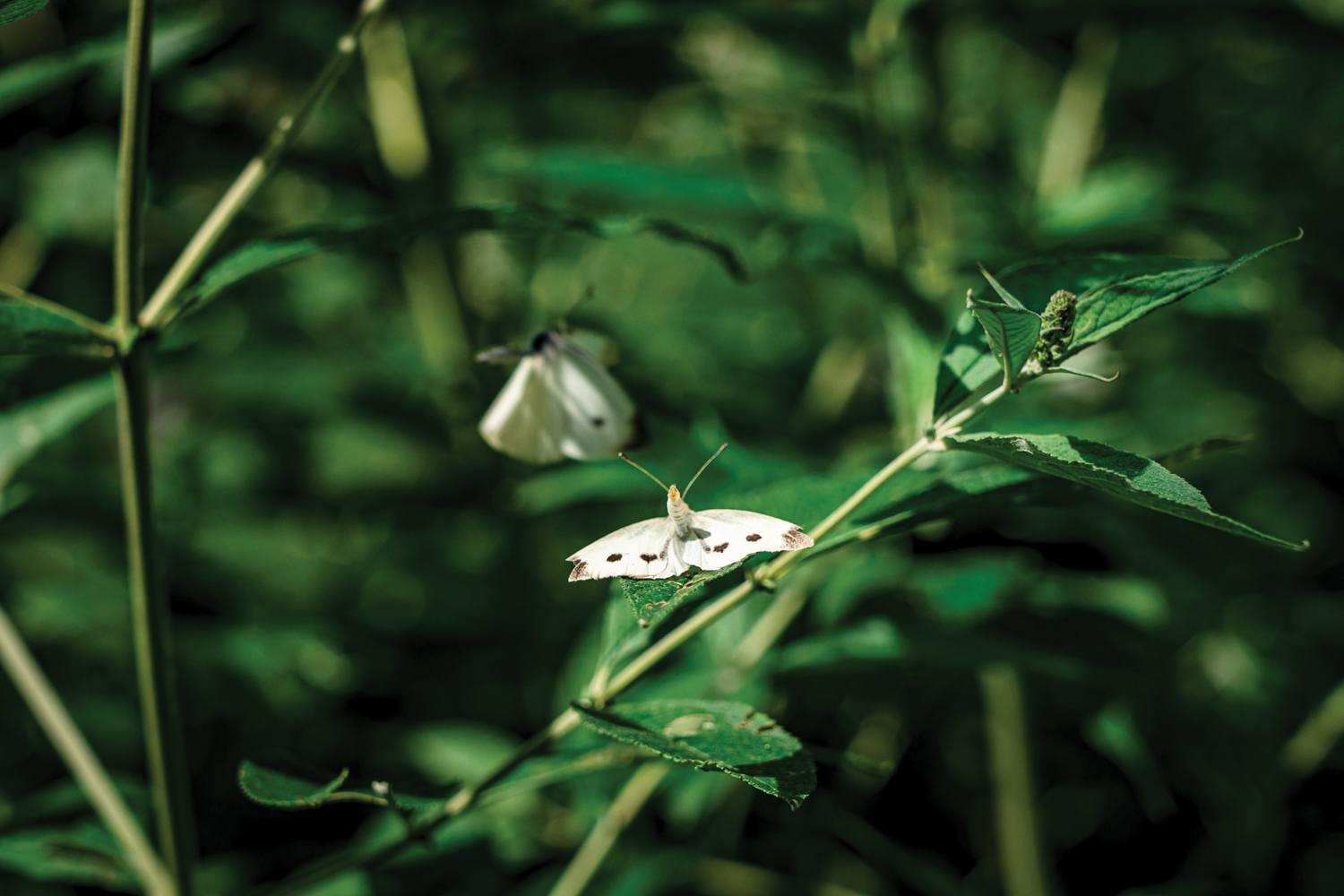
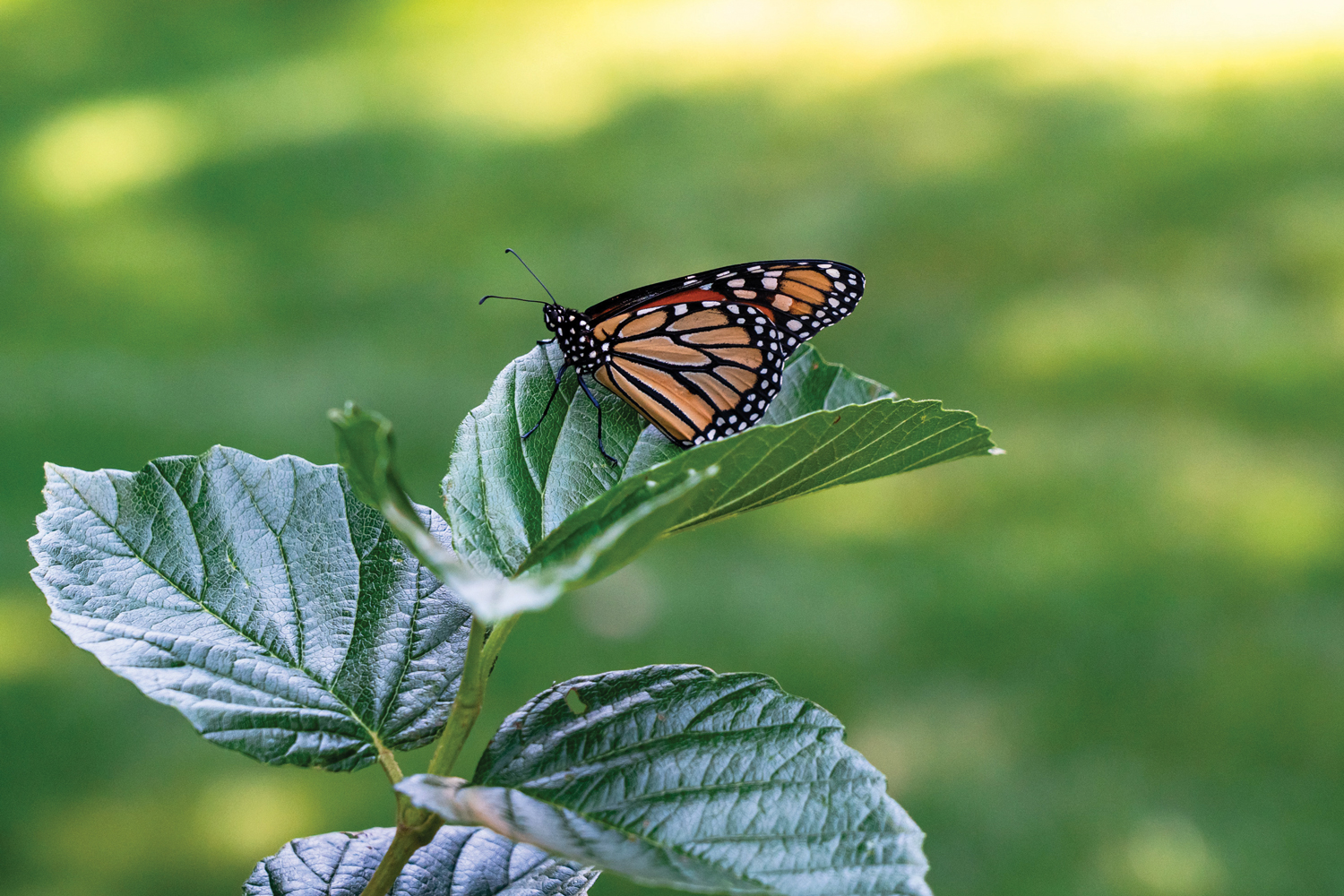
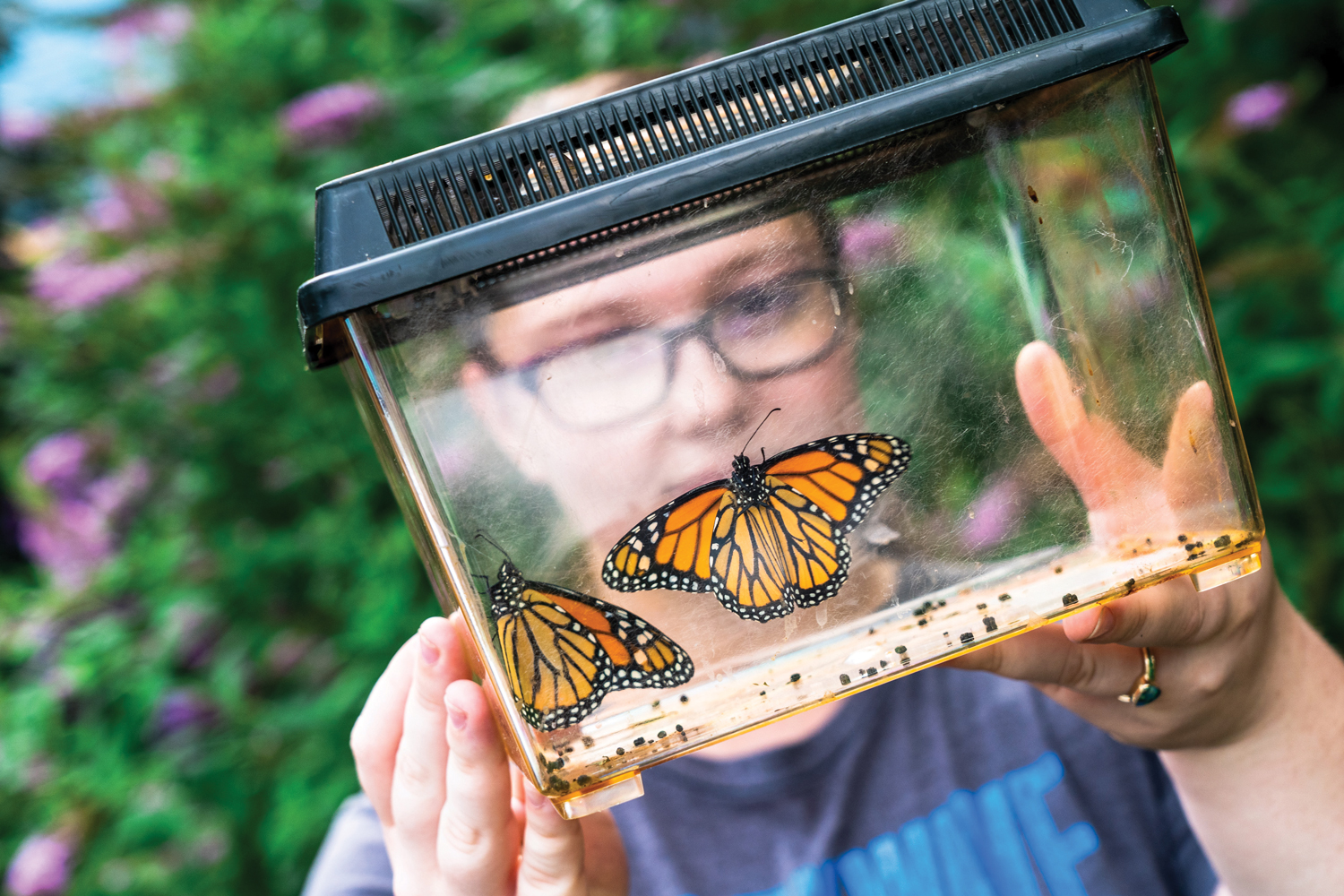
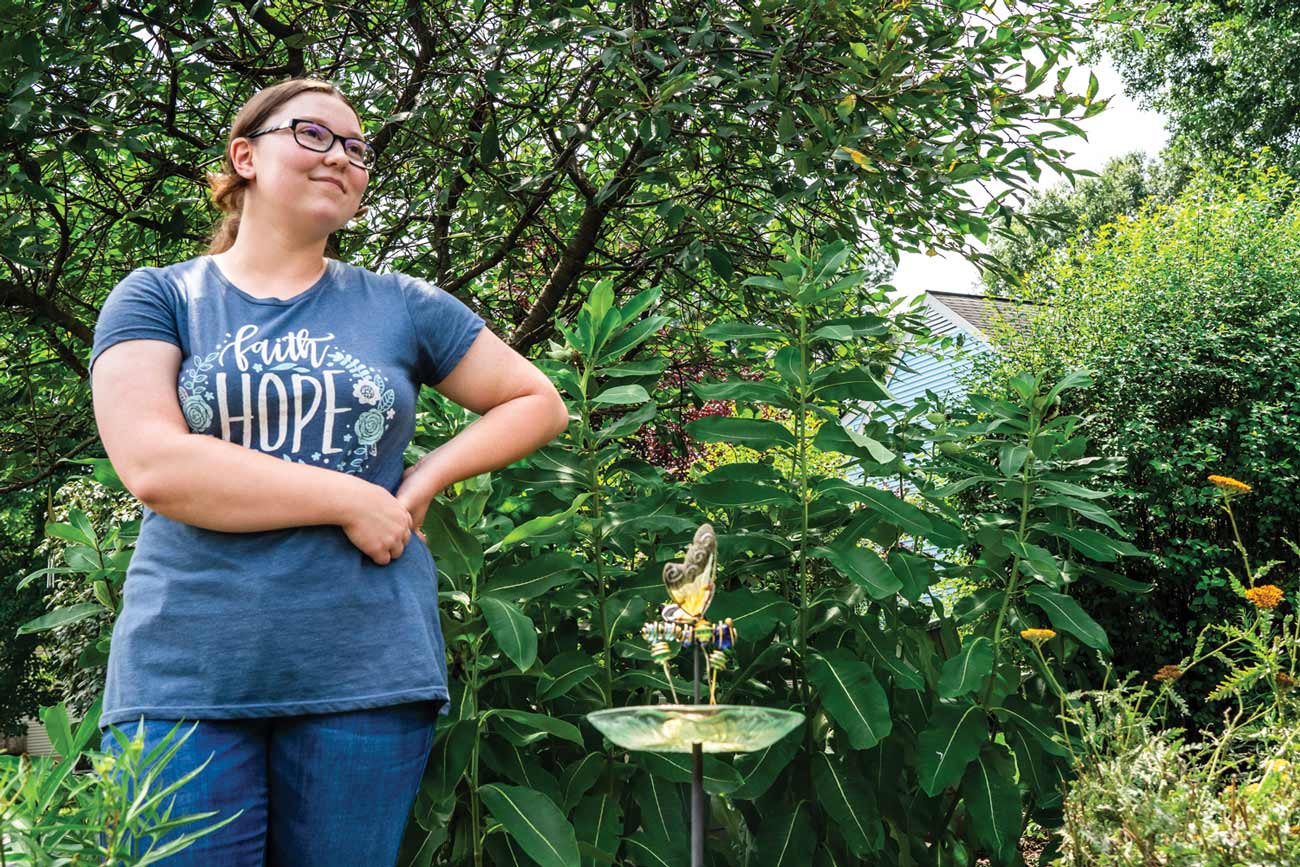
SHARE
PRINT